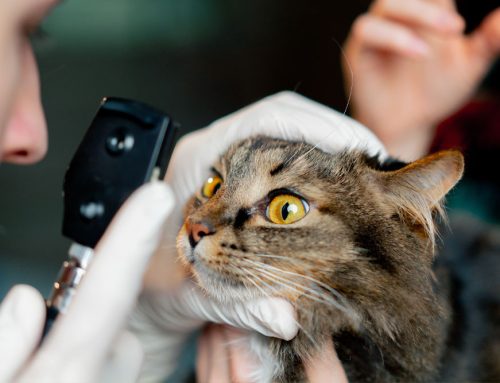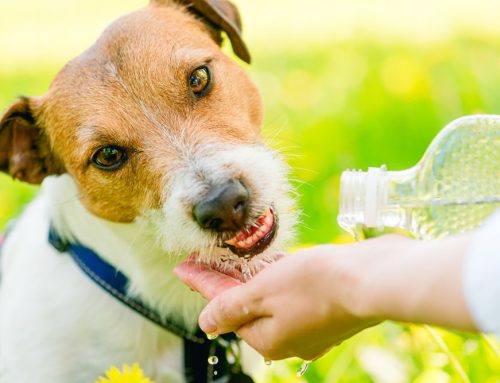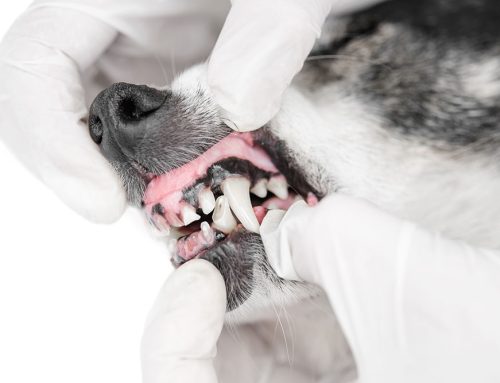As a pet owner, you’re dedicated to ensuring your furry pal receives the highest quality care so they enjoy a long, happy, healthy life. Keeping your pet healthy can be expensive, but pet insurance provides a safety net, ensuring your pet gets the care they need without a devastating financial burden. Many pet owners are curious about pet insurance, and our team at Peak City Veterinary Hospital is answering common questions to help you make an informed decision for you and your pet.
How does pet insurance reimbursement work?
When your pet is sick or injured, the last thing on your mind is filing an insurance claim. Fortunately, most providers’ claims and reimbursement process is fairly straightforward. In addition, keep in mind that most pet insurance providers process claims within 10 working days. Consider the two main claim payment methods:
- Reimbursement — Most pet insurance providers require policyholders to pay their provider in full and file a claim for reimbursement. Once your claim forms have been submitted and approved, the amount your coverage plan reimburses is transferred to you via direct deposit or check.
- Vet direct payment — Some pet insurance companies will make full or partial payments directly to the veterinarian, so you don’t need to wait for reimbursement.
What services does a pet insurance policy cover?
Coverage varies depending on your chosen plan, which can range from accident-only to more comprehensive options. Most plans offer an accident-only coverage plan, and an illness and accident coverage plan, with additional options for both plan types:
- Accident-only coverage — This plan type covers only injuries or conditions considered accidental (e.g., broken bones, foreign object ingestion). Accident-only policies do not cover medications, vaccinations, or routine examinations. Keep in mind that emergency trauma care can be expensive, and this plan type covers your pet’s care costs when the unexpected happens.
- Illness and accident coverage — This plan type is more comprehensive than accident-only coverage, and usually covers diagnosis and treatment costs for conditions such as cancer, endocrine disorders, and some orthopedic injuries.
While most pet insurance plans do not cover basic wellness services, such as annual vaccinations, spaying, neutering, and dental cleanings, most pet insurance companies will allow you to add a wellness rider to your plan for an additional cost.
What does pet insurance exclude?
While researching pet insurance options, find out which health conditions a plan excludes before purchasing your pet’s insurance policy. For example, most insurance companies won’t cover pre-existing conditions. If your pet has received medical advice or been treated for an illness or injury before enrollment in a new policy, the insurer will not pay for any care for the condition. Other common pet insurance limitations include:
- High premium cost based on breed or age — Premiums are typically more expensive for senior pets and high-risk breeds. Some insurance companies provide limited coverage (i.e., accident-only policy) for pets who are older than a specified age.
- Waiting periods — Policies establish brief waiting periods for accidents, illness, and orthopedic claims. During the waiting period, you cannot file a claim.
- Payout caps — Pet insurance providers set a maximum monetary amount you can receive per year, condition, or lifetime.
Can I afford pet insurance?

Insurance providers consider many factors when determining your pet insurance premium. While some factors are beyond your control, others can be adjusted to reduce your annual premiums, including:
- Deductible — The deductible is the amount you are expected to pay toward your pet’s veterinary bills before coverage begins. Some insurance companies allow you to choose your deductible amount. Remember, the higher the deductible, the lower your premiums.
- Reimbursement — Many pet insurance providers allow you to choose your reimbursement as a percentage of care costs. The higher your reimbursement percentage, the more your pet’s expenses will be covered, but the higher your premium.
- Payout limits — Some providers set maximum limits for coverage payout, allowing you to choose your limit. The higher your limit, the higher your premium cost.
- Discounts — Many companies offer discounts, including:
- Insuring multiple pets
- Working for a particular employer
- Diminishing deductibles if your pet stays healthy
- Paying annually as opposed to monthly
- Owning a service animal
Pet insurance is one of the best ways to protect your pet’s health and well-being, but we know researching providers and plans can feel overwhelming. Contact our Peak City Veterinary Hospital team with your pet insurance-related questions or to schedule your furry pal’s next wellness exam.









Leave A Comment